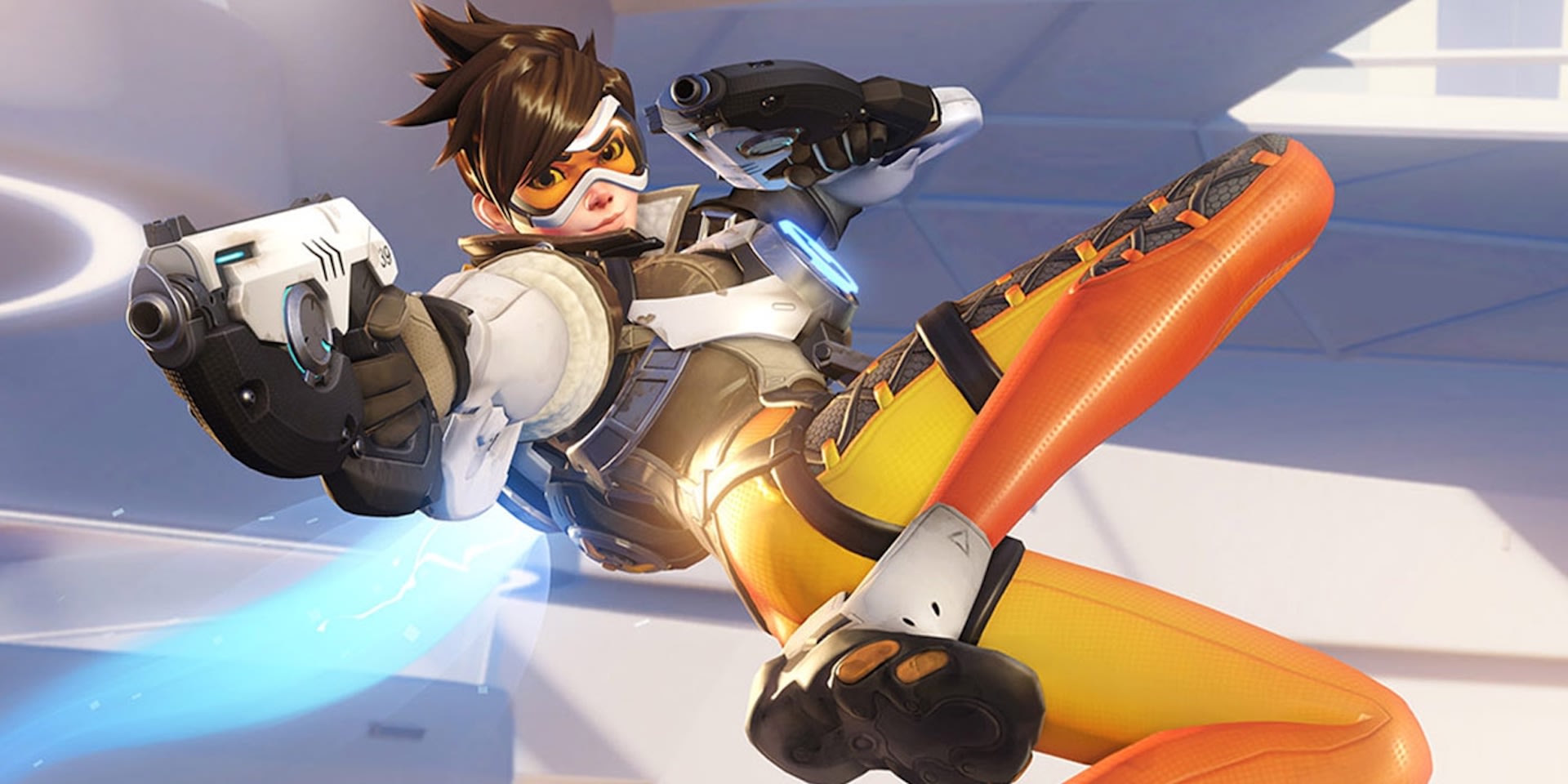Designing a new game, or even coming up with a game idea, can be a hazard for any artist or developer. But for those working at Blizzard, back in 2013/2014, the prospect of building something that would be on par with the games the company released before, must have been daunting indeed. World of Warcraft, Diablo and StarCraft all were massively successful games around that time, establishing Blizzard as one of the top creative studios in the games industry, so how do you top that?
The answer, as is evident from the many designer interviews around Overwatch and Overwatch 2, is: by sticking closely to the Blizzard rulebook, and yet throwing it out the window once you establish a baseline concept. Sounds strange? Check out any Blizzcon interview or read any of the Art of Overwatch art books, and you'll find exactly that: Blizzard games all hatch from the same nest, are imbued with the same Blizzard DNA, except each game develops into something wildly different once the team are sure about what they want to make.
"From the beginning," the Overwatch team writes in the book The Art of Overwatch 2, "we aimed to create something new and familiar. We wanted to imbue Overwatch with an aesthetic all its own, but we also wanted to embrace the visual legacy that Blizzard had already established." In practice, that would mean any new Blizzard game would feel familiar, a part of the larger Blizzard family of games, and yet would feel new as well.
The answer, as is evident from the many designer interviews around Overwatch and Overwatch 2, is: by sticking closely to the Blizzard rulebook, and yet throwing it out the window once you establish a baseline concept. Sounds strange? Check out any Blizzcon interview or read any of the Art of Overwatch art books, and you'll find exactly that: Blizzard games all hatch from the same nest, are imbued with the same Blizzard DNA, except each game develops into something wildly different once the team are sure about what they want to make.
Visual legacy
"From the beginning," the Overwatch team writes in the book The Art of Overwatch 2, "we aimed to create something new and familiar. We wanted to imbue Overwatch with an aesthetic all its own, but we also wanted to embrace the visual legacy that Blizzard had already established." In practice, that would mean any new Blizzard game would feel familiar, a part of the larger Blizzard family of games, and yet would feel new as well.



